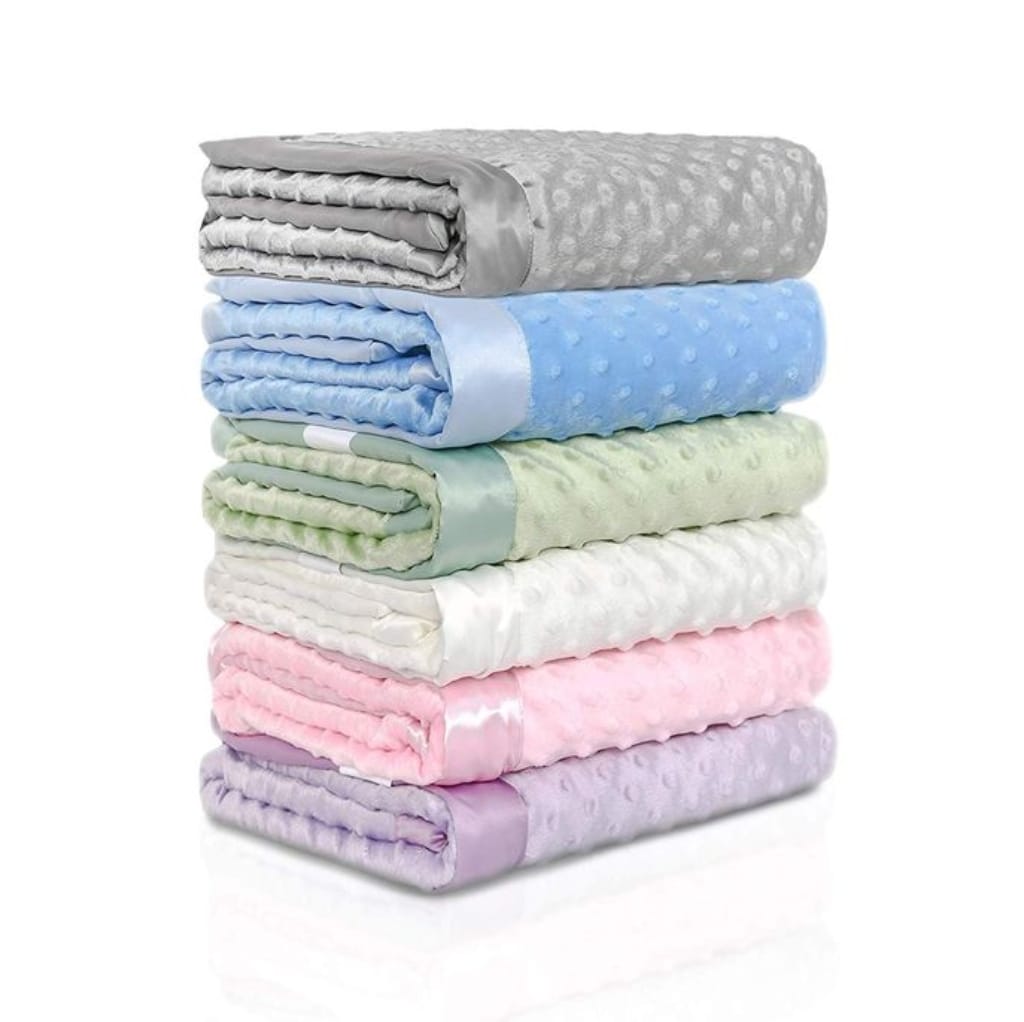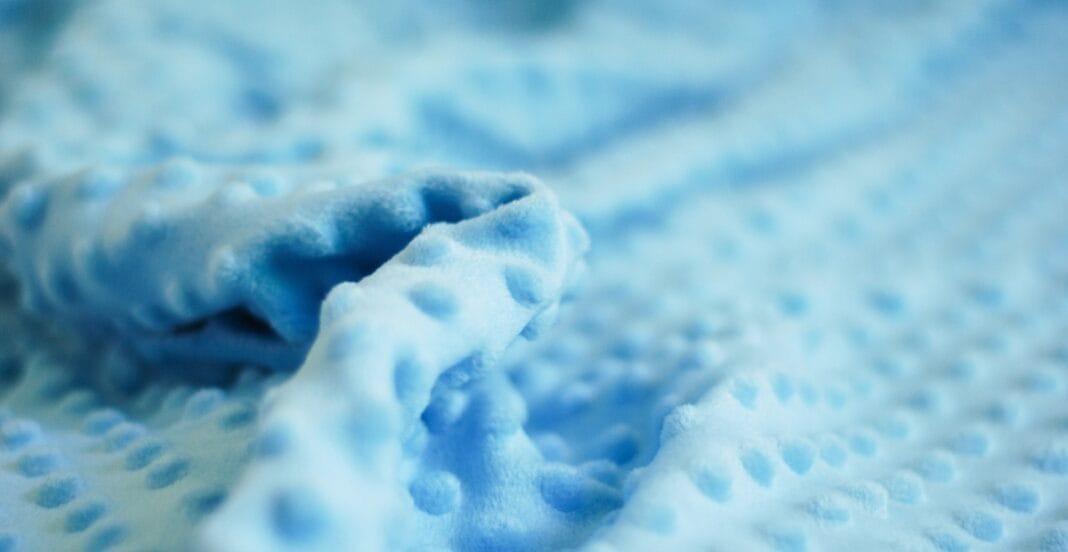If you have ever stroked the surface of a babys security blanket and marveled at how wonderfully smooth it feels, there is a good chance you have already come face-to-face with Minky fabric. With a plush, almost cloudlike hand, this material consistently earns the title of the softest fabric available. So what, exactly, is Minky, and why is it so irresistibly cuddly? This article walks you through Minky s history, applications, care tips, and the one-of-a-kind comfort that makes it simply unforgettable.
Table of contents
- What Is Minky Fabric and Why Is It So Special?
- The Origins of Minky Fabric: Softness Born from Innovation
- Minky Fabric Is the First Choice for Baby Products
- Minky Fabric vs. Other Soft Materials What Makes It Better?
- How to Care for Minky Fabric Without Losing Its Softness
- Creative Projects You Can Make Using Minky Fabric
- The Emotional Comfort of Minky Fabric
- Why Crafters and Designers Love Working with Minky Fabric
- Is Minky Fabric Eco-Friendly and Sustainable?
- Where to Buy Authentic Minky Fabric That Lasts
- Minky Fabric: A Touch That Never Fades
- Conclusion
- FAQs
What Is Minky Fabric and Why Is It So Special?
Minky fabric is a specialized plush textile built from 100 percent polyester fibers. Although the base is synthetic, the finish glides over the skin like the finest silk. Remarkably, that luxurious softness does not fade after the first wash. It holds up through dozens of cycles, which is why quilters, parent groups, and everyday hobbyists turn to Minky for blankets, clothing, and must-have baby items. What really sets Minky apart is how tightly its fibers are packed together. The tiny, velvety loops in the cloth are woven so closely that they barely move. This heavy weave traps body heat while lending the top surface a luxuriously smooth hand. The end effect is a fabric so tender you will instinctively pull it around you time after time.
The Origins of Minky Fabric: Softness Born from Innovation
Minky did not start as a field fiber like cotton or wool; it emerged from experimental work with synthetic textiles. Polyester silk gave engineers the freedom to adjust fiber diameter, pile height, and overall construction. The mission was simple: build a surface as inviting as small-animal fur but hardwearing and completely humane. Modern Minky is the outcome of decades spent testing and refining those early ideas. Today its softness easily outranks even high-end fleece. Filaments are brushed to lift the nap, creating the signature silky glow on every yard. Over time makers added textures such as dimple dot, rose swirl, and smooth Minky to satisfy every colour and pattern wish.
Minky Fabric Is the First Choice for Baby Products
When it comes to softness, no one appreciates it more than a newborn. That is one reason Minky fabric shows up in baby blankets, swaddles, bibs, and plush toys. Babies have sensitive skin, and Minky gives a gentle touch that does not irritate or scratch. Parents love Minky for practical reasons too. It is hypoallergenic, so it rarely triggers allergies. It is also machine-washable, which makes quick work of the inevitable spit-up and diaper leaks. Even after dozens of cycles, the fabric keeps its softness, texture, and color. There is also an emotional side to Minky baby items. They often become cherished comfort objects. Many children hold on to a Minky blanket well into their teenage years. That longevity speaks volumes about the fabric’s cozy, reassuring pull.
Minky Fabric vs. Other Soft Materials What Makes It Better?
You might wonder how Minky compares to fleece, cotton, or even silk. In softness and durability, it still shines brightest. Best Cotton fabric is breathable, yet it lacks that plush feel. Silk feels luxurious, but the upkeep can be a hassle. Fleece is warm, yet it may pill or thin after repeated washings. Minky, by contrast, holds its pile and pleasant hand through every cycle. Minky fabric shines because its gentleness asks for nothing in return. It shrinks. It maintains its form. Most important, it neither loses color nor turns rough. That smooth sensation lasts for years. It has more substance than silk yet carries more texture than fleece. That combination lets makers add depth and style without cutting into comfort.
How to Care for Minky Fabric Without Losing Its Softness
Keeping Minky plush is simpler than it sounds: no special products or pro tips. Stick to these quick steps. Wash on a cold cycle with a mild, unscented detergent. Skip dryer sheets and fabric softener, since they can leave a greasy film that dulls the pile. When the wash is done, tumble dry on low or hang the piece to dry. Excessive heat presses the fibers flat and robs them of bounce. If the fabric wrinkles, gently glide a cool iron over it, never letting the plate rest directly on the pile. Treat it with this little care, and Minky will remain delightfully soft for years, making it a reliable partner for items used every day.
Creative Projects You Can Make Using Minky Fabric
Because it is so easy to work with, Minky fabric opens up a world of crafting possibilities. Sew ultra-soft throw blankets that wrap you in warmth on chilly evenings. Craft plump pillowcases that turn a tired bed into a cloud of gentle support. Many crafters also create heartfelt gifts, from embroidered name blankets for new babies to one-of-a-kind plush animals. Minky is equally appealing for simple garments. Pajamas, cozy robes, even relaxed lounge pants made from the fabric feel indulgent against the skin and keep the wearer snug. Pet owners, of course, love sewing it into nest-like beds and blankets for their furry companions. In short, Minky offers comfort that crosses every age and species. These projects are perfect for beginners, too. The plush pile may look intimidating, but it sews easily with ordinary machines. Add a walking foot and a few basic tips, and you will be turning yards of Minky into cozy keepsakes before the afternoon ends.
The Emotional Comfort of Minky Fabric
Touching soft surfaces does more than please the senses-it calms the mind. There is genuine psychological relief in gliding your fingers across Minky. That subtle comfort explains why the fabric is a favorite choice for weighted blankets, sensory toys and soothing wraps used in therapy settings. Many adults who wrestle with anxiety or restless nights say Minky products really help. The fabric is so soft it feels almost like a gentle hug. That touch quiets the mind and tells the nervous system, You are safe and cared for. Because of that quiet reassurance, Minky becomes much more than just cloth-it turns into a small sanctuary of calm.
Whether you are curling up on the couch with a book or tucking in for the night, Minky brings a warmth and sense of security that few other textiles can match.
Why Crafters and Designers Love Working with Minky Fabric
Crafters love Minky not only for its lovely hand but also for its reliable behavior in the workshop. It cuts neatly, edges seldom fray, and the fabric arrives in almost every hue imaginable. Makers can choose from an array of textures, whether low-pile or luxuriously tall. That range lets designers experiment with color and form without losing the inviting comfort Minky delivers. Quilters frequently place Minky on a projects backside, as it contributes pleasing weight, additional warmth, and graceful drape. Home-decor artisans appreciate its rich, polished look for pillows, cushions, and other accents. Even costume designers reach for Minky when a standout, plush fabric is called for. Best of all, Minky comes in solids, playful prints, embossed patterns, and textured finishes. Those endless choices let every new sew feel fresh and unmistakably unique.
Is Minky Fabric Eco-Friendly and Sustainable?
Because Minky fabric starts with polyester, it isnt organic cotton fabric in the strictest sense. Still, a growing number of makers now rely on recycled polyester. Using reclaimed plastic cuts the fabrics footprint while keeping the signature softness everyone loves. Durability is another plus. High-quality Minky wears well, so you wont replace it often, saving money and reducing waste. Its not biodegradable, yet it can be washed countless times, reused in new projects, or donated when no longer needed. If planet-friendly sourcing matters to you, seek brands that clearly advertise recycled content. The coziest blanket fabric can also be kinder to the Earth.

Where to Buy Authentic Minky Fabric That Lasts
Not all Minky is created equal. Good Minky feels solid, has a dense pile, and carries a soft, lustrous sheen; it should never be scratchy or paper-thin. To be safe, shop from established names like Shannon Fabrics or read customer reviews before checking out.
Many neighborhood sewing shops stock Minky in their baby or fleece aisles. A broader selection is available online; look to Etsy, Fabric.com, or specialized quilting retailers for the patterns and colors you envision.
Just a quick tip-when you buy Minky, remember that a small price jump often separates flimsy from fabulous. Spend a few extra dollars, and you swap scratchy for that truly sublime softness you want.
Minky Fabric: A Touch That Never Fades
Once you run your hand over Minky, settling for anything else feels impossible. Its gentle drape soon anchors your idea of everyday comfort. From a babys first blanket to an evening robe for an adult, that silky pile wraps you in warmth and quiet. Its popularity speaks for itself. Minky is soft, tough, low-care, and versatile enough to match almost any sewing project. Whether you are crafting a heartfelt gift or refreshing your own bed, this fabric delivers pleasant ease in every thread. And the best part? Each time you brush against it, you remember exactly why people call it the softest fabric around.

Conclusion
Minky is more than a textile; it becomes a gentle experience that comforts and soothes. Whether you wrap yourself in a blanket or sew a plush toy for a friend, every stitch carries a bit of warmth. Its unparalleled softness suits children, adults, and any season. Once you welcome Minky into your home, you will quickly see why people call it the softest cloth around-and why letting go feels nearly impossible. Read more: Types of fuzzy fabric : types of fleece fabric
FAQs
True Minky is cut from 100-percent polyester woven of super-fine microfibers that stand up to washing without losing plush nap.
Definitely-it shrugs off allergens, smells, and static. Just remember that it holds heat, so guard against overheating in the crib or stroller.
Standard Minky is made from petroleum-based polyester, so it isnt very green. Some brands now sell versions spun from recycled polyester, which offer a better option.


